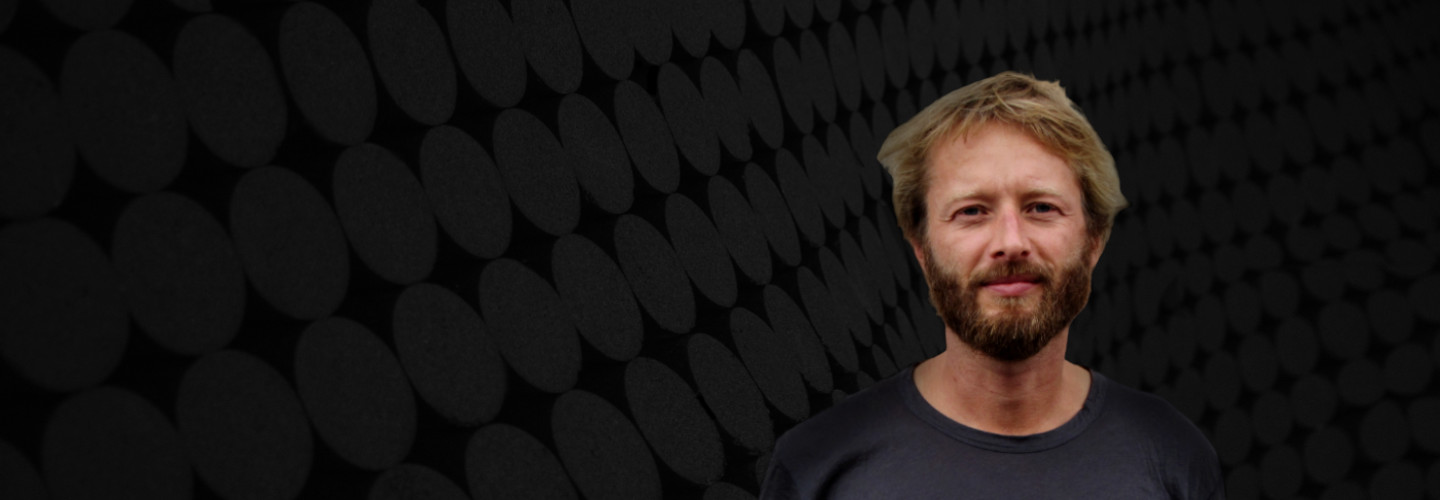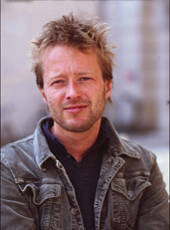

Johannes Maria Staud
Der Riß durch den Tag
Short instrumentation: 1 1 2 1 - 2 1 1 0 - perc(3), acc, pno, vln, vln, 2 2
Duration: 25'
Libretto: Durs Grünbein
Dedication: für Bruno Ganz
Instrumentation details:
flute (+alto fl
picc)
oboe (+c.a)
1st clarinet in Bb (+cl(Eb))
2nd clarinet in Bb (+bass cl(Bb))
bassoon (+cbsn)
1st horn in F
2nd horn in F
trumpet in C
trombone
1st percussion
2nd percussion
3rd percussion
piano
accordion
1st violin
2nd violin
1st viola
2nd viola
1st violoncello
2nd violoncello
contrabass
Staud - Der Riß durch den Tag for speaker and ensemble
Printed/Digital
Translation, reprints and more

Johannes Maria Staud
Staud: Der Riß durch den TagOrchestration: für Sprecher und Ensemble
Type: Studienpartitur (Sonderanfertigung)
Language: Deutsch

Johannes Maria Staud
Staud: Der Riß durch den TagOrchestration: für Sprecher und Ensemble
Type: Dirigierpartitur
Language: Deutsch
Print-On-Demand
Sample pages
Audio preview
Work introduction
This work is a new collaboration with Durs Grünbein, who wrote the libretto for my opera Berenice. I linked it to some questions I had which I had not yet solved for myself, especially “What happens when a speaker or actor speaks and music accompanies him?” From there it is a short step to the notion of monodrama, a form greatly shaped by Schönberg.
I agreed with Durs Grünbein, a native of Dresden, to use his text Nach den Satiren [“After the Satires”], from which I extracted large sections, compiling them into five scenes: an internal monologue of a man walking through a city and seeing traces of historical relationships. It is about suppressed guilt and observing suppressed signs – signs of dictatorship and stifling them in the context of big-city life – and therefore, however possible, carrying on as a human being nevertheless and leading an individual life.
This is an exciting theme, and we attempted to find a link between monologue and musical monodrama with many mixed forms. The thought that Bruno Ganz was to take the speaking role was of course especially inspiring; I could not think of anyone better.
The first performance took place in Volkswagen’s Gläserne Manufaktur building, the Phaeton production plant. I already knew the space from a Staatskapelle press conference and I was fascinated by its architecture, which adds a contemporary touch to the historic and socialist buildings of Dresden’s town centre. In fact, it was the ideal venue for my melodrama, dealing as it does with various perspectives on history.
Johannes Maria Staud
